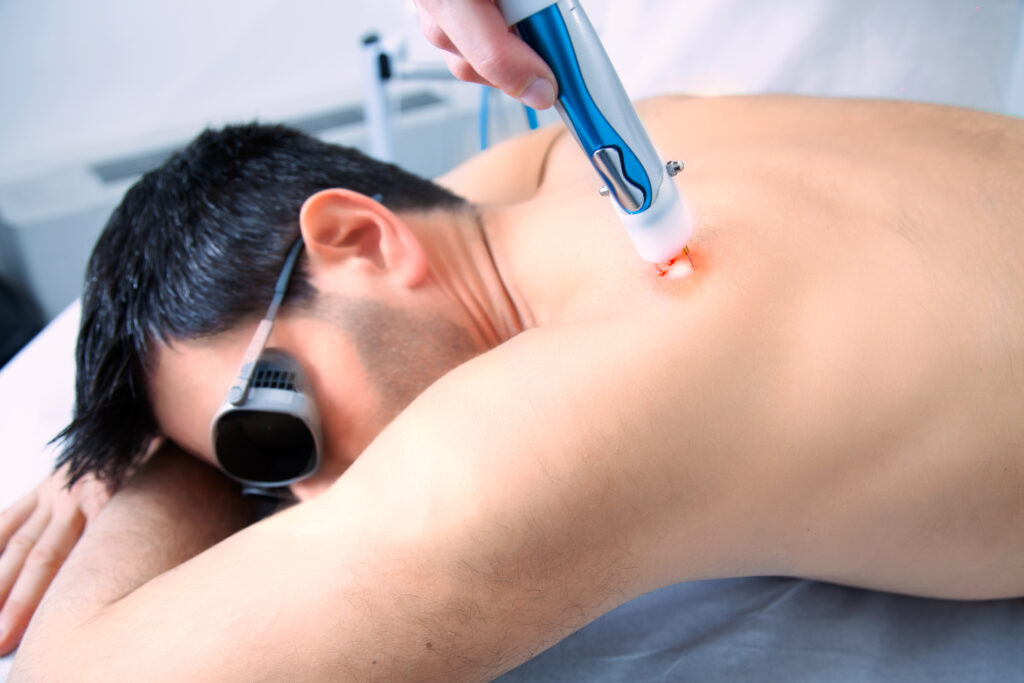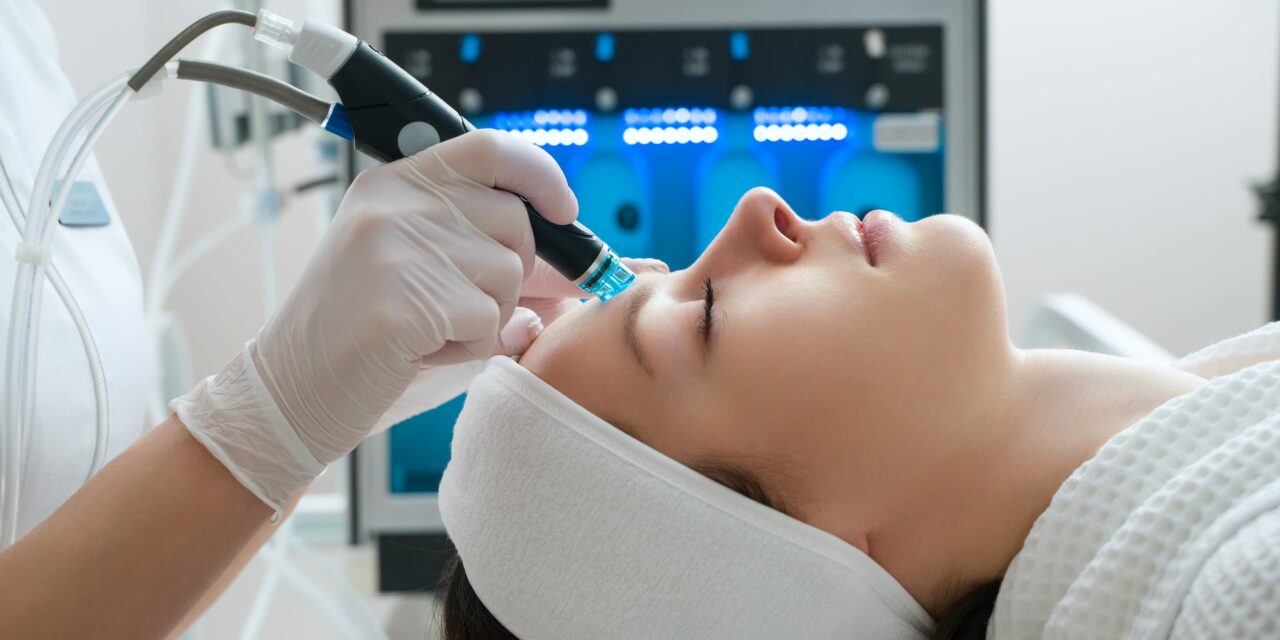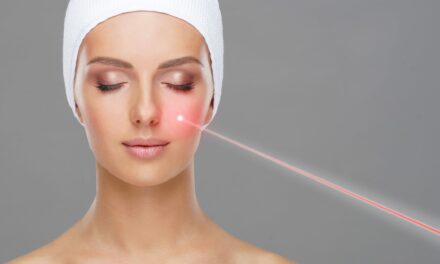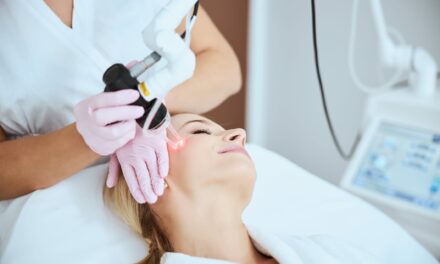New-generation laser devices, including picosecond, fractional CO2, and alexandrite lasers, show improvements in treating skin conditions with higher precision and safety standards, recent studies report.
New-generation laser devices offer enhanced precision, efficacy, and safety in cosmetic dermatology. This article examines the effectiveness and patient outcomes associated with specific advanced laser technologies, supported by recent clinical studies and real-world data.
Picosecond Lasers
Picosecond lasers, such as the PicoSure and PicoWay devices, have offered a new treatment option for pigmented lesions, tattoos, and skin rejuvenation. These lasers emit ultra-short pulses (one trillionth of a second), which create a photomechanical effect that shatters pigment particles with minimal thermal damage to surrounding tissues.
- Efficacy: Studies have shown that picosecond lasers are highly effective in removing various tattoo colors and treating pigmentation disorders like melasma and lentigines. A clinical trial demonstrated that PicoSure achieved a 75% clearance of pigmented lesions after just a few sessions, with fewer side effects compared to traditional Q-switched lasers (Dermatology Times) (Dermatology Times).
- Patient Outcomes: Patients report high satisfaction with the results of picosecond laser treatments due to the rapid improvement in skin appearance and minimal downtime. Recovery times are shorter, and the risk of post-inflammatory hyperpigmentation is significantly reduced, making these treatments suitable for a wider range of skin types (Dermatology Times).
Fractional CO2 Lasers

Fractional CO2 lasers, including devices like the Fraxel Re:pair and Lumenis UltraPulse, are renowned for their effectiveness in skin resurfacing and scar treatment. These lasers work by delivering laser energy in a fractionated manner, creating microscopic treatment zones surrounded by untreated tissue, which promotes rapid healing.
- Efficacy: Fractional CO2 lasers have shown superior results in reducing acne scars, fine lines, and wrinkles. A study published in the Journal of Cosmetic and Laser Therapy reported a 70% improvement in acne scar appearance and overall skin texture following fractional CO2 laser treatments (Dermatology Times) (Dermatology Times).
- Patient Outcomes: The fractionated approach allows for deep skin rejuvenation with shorter recovery periods compared to fully ablative lasers. Patients typically experience mild to moderate redness and swelling, which subsides within a week. The long-lasting results and improved skin texture contribute to high patient satisfaction (Dermatology Times).
Alexandrite Lasers

Alexandrite lasers, such as the Candela GentleMax Pro, are widely used for hair removal and treating pigmented lesions. These lasers operate at a wavelength of 755 nm, which is optimal for targeting melanin in hair follicles and skin pigmentation.
- Efficacy: Alexandrite lasers are considered the gold standard for laser hair removal, providing effective long-term hair reduction with fewer treatment sessions. They are also effective in treating age spots and sun damage. Clinical studies have demonstrated significant hair reduction after just three to four sessions, with minimal discomfort (Dermatology Times) (Dermatology Times).
- Patient Outcomes: Patients undergoing alexandrite laser treatments often report high levels of satisfaction due to the quick and noticeable results. The treatments are generally well-tolerated, with side effects limited to temporary redness and swelling. The precision and efficacy of these lasers make them a popular choice for both hair removal and pigmentation treatments (Dermatology Times).
Looking Ahead
New-generation laser devices such as picosecond, fractional CO2, and alexandrite lasers have improved the landscape of cosmetic dermatology. As research and development in laser technology continue to progress, the potential for even more refined and effective treatments in cosmetic dermatology remains promising.
References
- “Advances in Laser Technology for Dermatology,” Journal of the American Academy of Dermatology (Dermatology Times) (Dermatology Times).
- “Patient Satisfaction with New-Generation Laser Treatments,” Dermatology Times (Dermatology Times) (Dermatology Times).
Photo 214812431 | Cosmetic © Aleksandr Rybalko | Dreamstime.com




